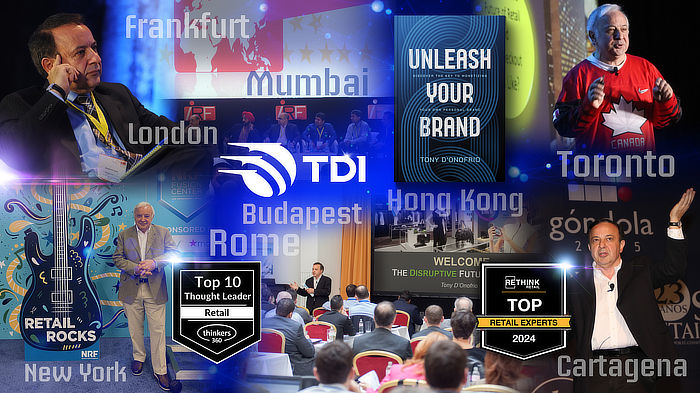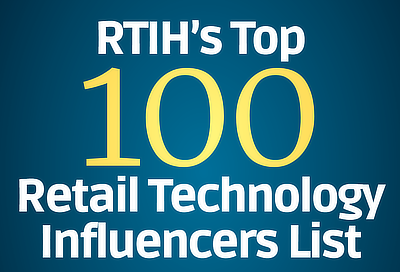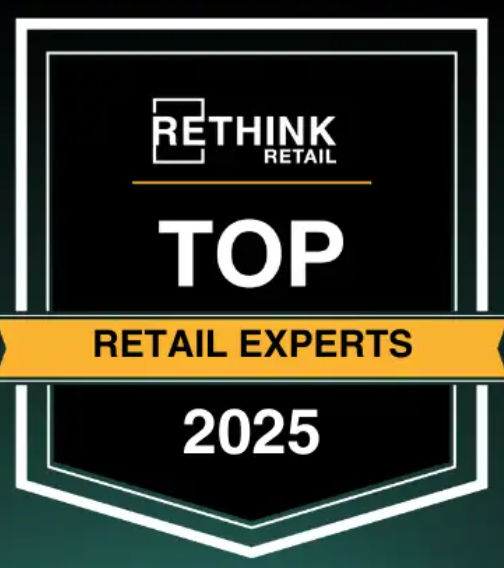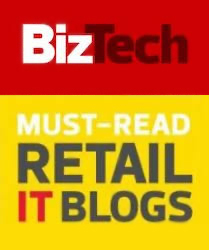Retail
Top 12 Insights from the 2015 Global Theft Barometer
The just published Global Retail Theft Barometer (GRTB) is an annual study of the losses from merchandise shrinkage in the global retail industry. The research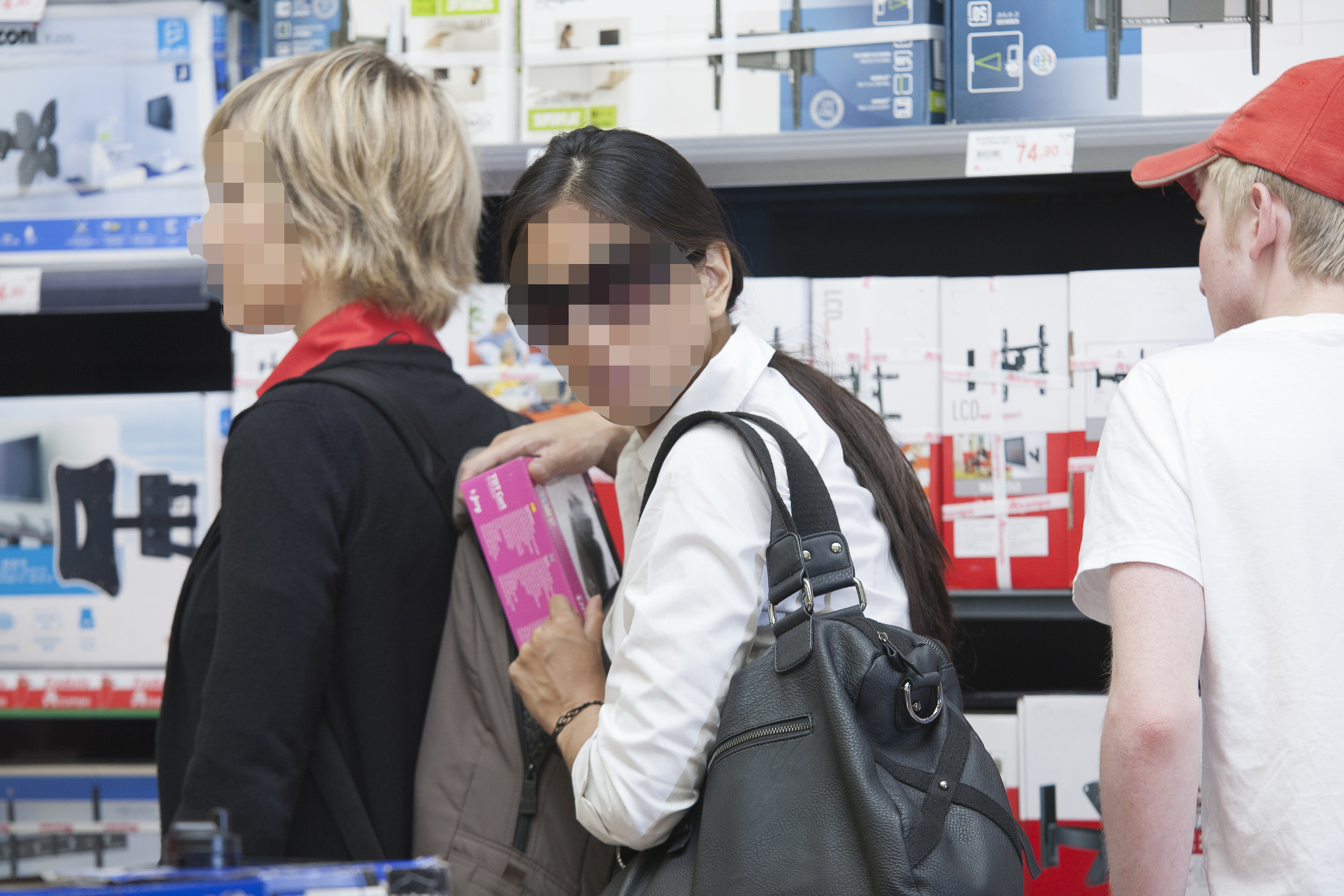 for the 2015 edition was conducted by the Smart Cube and Ernie Deyle and it was commissioned by Checkpoint Systems. 203 retailers in four regions, covering 24 countries contributed data for the latest report.
for the 2015 edition was conducted by the Smart Cube and Ernie Deyle and it was commissioned by Checkpoint Systems. 203 retailers in four regions, covering 24 countries contributed data for the latest report.
1. Global Retail Shrink
Retail shrink in the countries surveyed was estimated at $123.4 billion or on average 1.23% of retail sales. "Shrinkage has been observed to increase in most of the reviewed countries and by 0.48 pps globally. In the 16 countries where like-for-like analysis was possible, shrinkage increased in 10 and decreased in 6."
2. Global Regional Retail Shrinkage
- Details
The USA National Retail Federation (NRF) recently published the 11th annual Organized Retail Crime (ORC) survey. The latest data indicates that almost 97% of  all the surveyed retailers have been a victim of ORC in the last 12 months.
all the surveyed retailers have been a victim of ORC in the last 12 months.
2015 Summary of Key ORC Findings
97% is the highest percentage of retailers impacted during the last five years. This year 48.5% of retailers have experienced a significant increase in ORC activity. The average loss was $453,940 - or a median of $194,340 - per $1 billion in annual sales volume. Leading physical 'fence' locations are pawn shops, stores, swap meets, or flea markets. Nearly 60% of retailers have identified or recovered merchandise from these locations. Online auction sites and classified sites were the leading 'e-fencing' locations. Nearly 69% of retailers have identified or recovered merchandise from e-locations. Two thirds of retailers have encountered issues with merchandise credit or gift cards in the last year. Nearly 55% of retailers found merchandise credit or gift cards on websites.- Details
The Top 5 Retail Self-Service Technologies
 Thank you for calling the Twinge Airlines telephone customer service line. Please choose from one of the following 25 options. For sales, press 1, for billing press 2.....to reach a representative press 25....We are experiencing a high volume of calls at this point in time. Your wait to speak to a representative might be months. Please go to our website and use the friendly self-help database which we are sure will not answer your question..... Annoying music.....All representative are still assisting other customers....You must not have a life, if you are still waiting. Please hang up and call someone else to get the answer.
Thank you for calling the Twinge Airlines telephone customer service line. Please choose from one of the following 25 options. For sales, press 1, for billing press 2.....to reach a representative press 25....We are experiencing a high volume of calls at this point in time. Your wait to speak to a representative might be months. Please go to our website and use the friendly self-help database which we are sure will not answer your question..... Annoying music.....All representative are still assisting other customers....You must not have a life, if you are still waiting. Please hang up and call someone else to get the answer.
Welcome to the Future of Self-Service Technology
A grueling airline issue this week led to the question, are we happy with the growing global customer service trend of speaking primarily with computers?
According to a just issued MIT Sloan study, there are substantial differences between management and actual customer perspectives on new self-service technologies:
- Details
In a recent post, we analyzed "The $1.2 Trillion Internet of Things Retail Opportunity". As McKinsey pointed out, "retail environments  have undergone significant change over the past two decades due to the introduction of information technologies, including the rise of online shopping. The Internet of Things has the potential to cause even greater disruption, but IoT can also provide traditional retailers with the tools to compete - and coexist - with the online retail world as onmichannel shopping erases the distinction between online and offline shops."
have undergone significant change over the past two decades due to the introduction of information technologies, including the rise of online shopping. The Internet of Things has the potential to cause even greater disruption, but IoT can also provide traditional retailers with the tools to compete - and coexist - with the online retail world as onmichannel shopping erases the distinction between online and offline shops."
For the retail industry, this seems to be the time to discuss trillion dollar opportunities. Order Dynamics just issued an IHL Group study titled "Retailers and the Ghost Economy: $1.75 Trillion Reasons to be Afraid." This week we will look at the $1.75 Trillion worldwide retail missed opportunities from overstocks, out-of-stocks and sales returns.
Total Cost Equates to Increasing Same Store Sales by 11.7%
- Details
Emerging Technologies from a Shopper Point of View

This month, First Insight published an interesting study on the evolving in-store technology customer experience and the mindset of the modern consumer.
Following are some surprising shopper insights on the use of technology in retail stores.
Emerging Technologies Challenges
Virtual dressing rooms (where you can see how clothes will look on you without actually trying them on) may be coming to more stores soon. However, when consumers were asked if they would prefer a traditional dressing room versus a virtual dressing room, nearly 60% of respondents preferred a traditional dressing room.
- Details
What's "HOT" in Retail Loss Prevention Technologies?
A recent IHL Group research study titled "The Great Disconnect Between LP and IT" summarized that "traditional LP Technologies are (now) being co-opted for
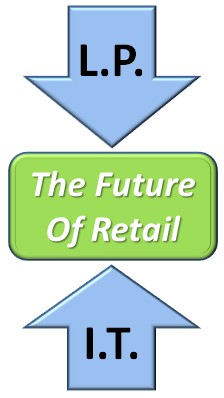 use in other activities leading to influencers of buying decisions that would otherwise be purview of LP only." The convergence of Loss Prevention and Information Technologies has been underway for some time. The pace of change is increasing and further innovative disruption will arrive from unexpected market segments.
use in other activities leading to influencers of buying decisions that would otherwise be purview of LP only." The convergence of Loss Prevention and Information Technologies has been underway for some time. The pace of change is increasing and further innovative disruption will arrive from unexpected market segments.
"The Great Disconnect Between LP and IT" Key Insights
The data protection aspects of loss prevention dominate LP initiatives. The top five focus areas where retailers spend LP efforts are PCI, data breach, employee theft, returns fraud, and consumer theft. PCI and data breach account for 35% of the focus. Data breach spending is tied with employee theft at 14%. Returns fraud and consumer theft each represent 12% of the overall retailers LP spend focus.
- Details
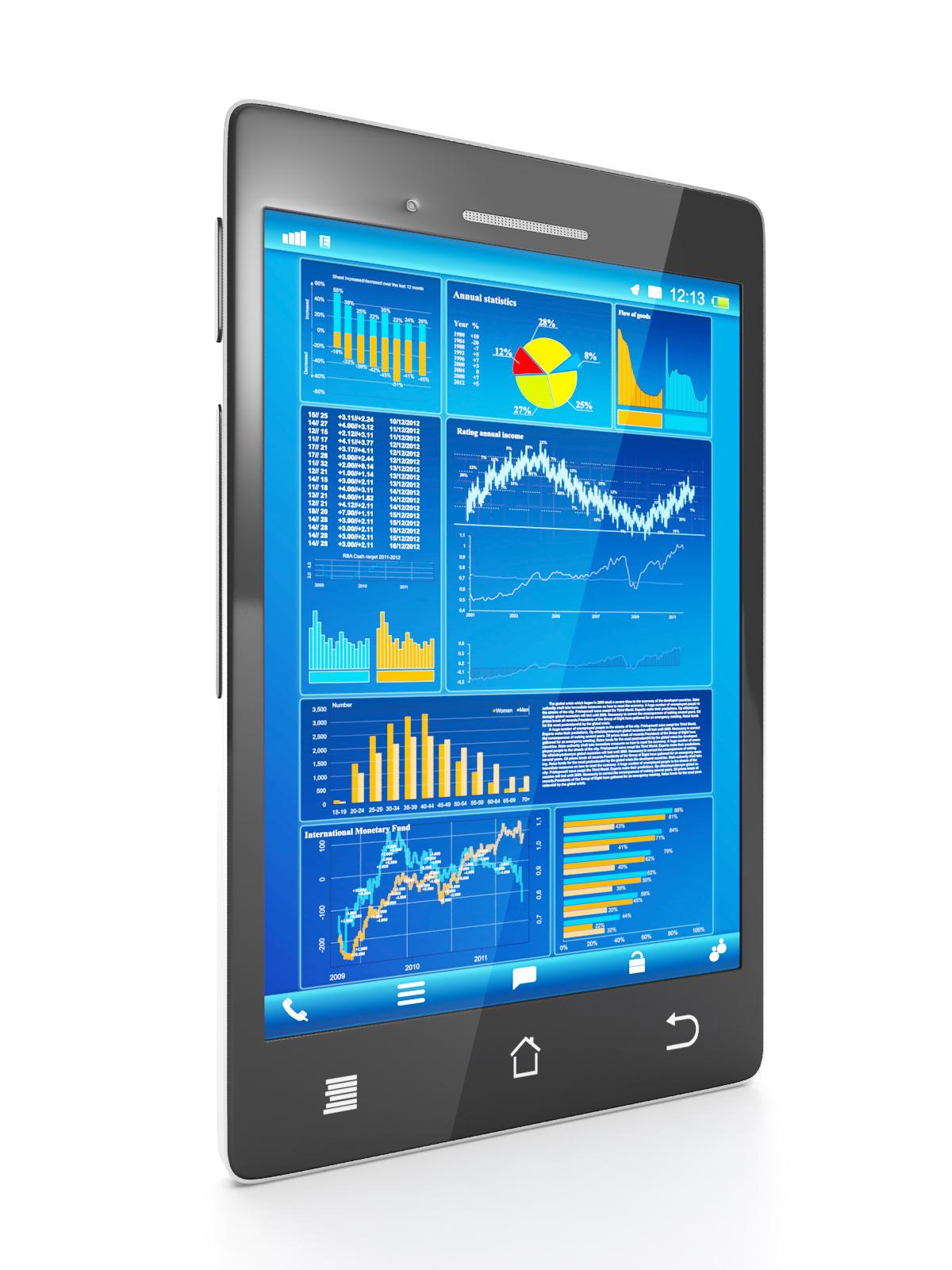
In the recently published McKinsey study "The Internet of Things (IoT): Mapping the Value Beyond the Hype", the retail industry is ranked fourth in highest potential next decade IoT economic impact.
McKinsey defines the retail environment broadly "as physical spaces where consumers engage in commerce—considering or purchasing goods or services. This includes traditional stores, such as department stores and grocery stores, as well as showrooms where goods are on display but not available for sale. It also includes physical spaces where services are purchased, such as bank branches, theaters, and sports arenas. The analysis covers only physical environments where IoT technologies can be deployed, not online retailing."
- Details
One of my favorite annual industry reports is AT Kearney's Global Retail Development Index (GRDI). The recently published 2015 edition was titled "Global Retail Expansion: An Unstoppable Force".
The GDRI ranks the top 30 developing countries for retail investment. If you are a global retail leader, it is a must read to navigate opportunities in emerging markets.
Key Insights from the 2015 GDRI Report
China is the number one country in the 2015 GDRI report and it is the only country that has appeared in the top five consistently for the last five years. By 2018, China will surpass the United States as the world's largest retail market. China e-commerce sales grew 50% to nearly $450 billion in 2014, including $150 billion in mobile sales. E-commerce sales are predicted to reach $1 trillion by 2019.
- Details
Being passionate about the subject, every year I look forward to the Brand Z Top 100 Global Brands report. 2015 marks the 10th annual edition and over that time period
This week's post summarizes the top 10 apparel, luxury, general retail category trends and extracts key research insights. I will end with some personal observations on the future technology driven evolution of brand value.
The Top 10 Apparel Brands
- Details
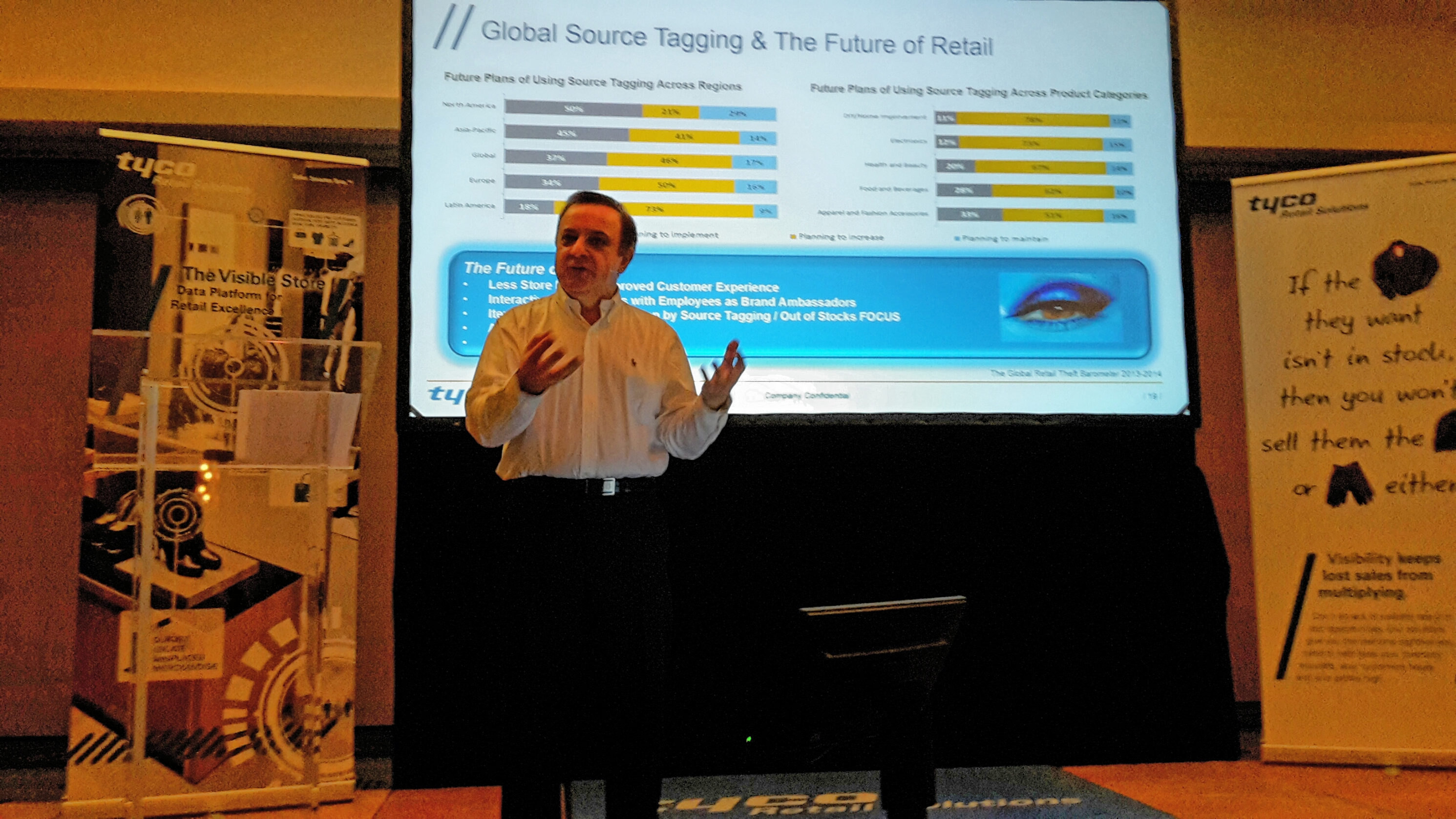
In Rome earlier this month had the pleasure to speak once again to 100+ business leaders from Central, Eastern Europe, Scandinavia, Russia, the Middle East and Africa. Building on the positive response to a similar presentation last year in Budapest, this year's focus was on the latest global retail industry data and hints again at its impact on the future of retail.
Summarizing the key content:
Global Retail Market Highlights (*)
- Details



